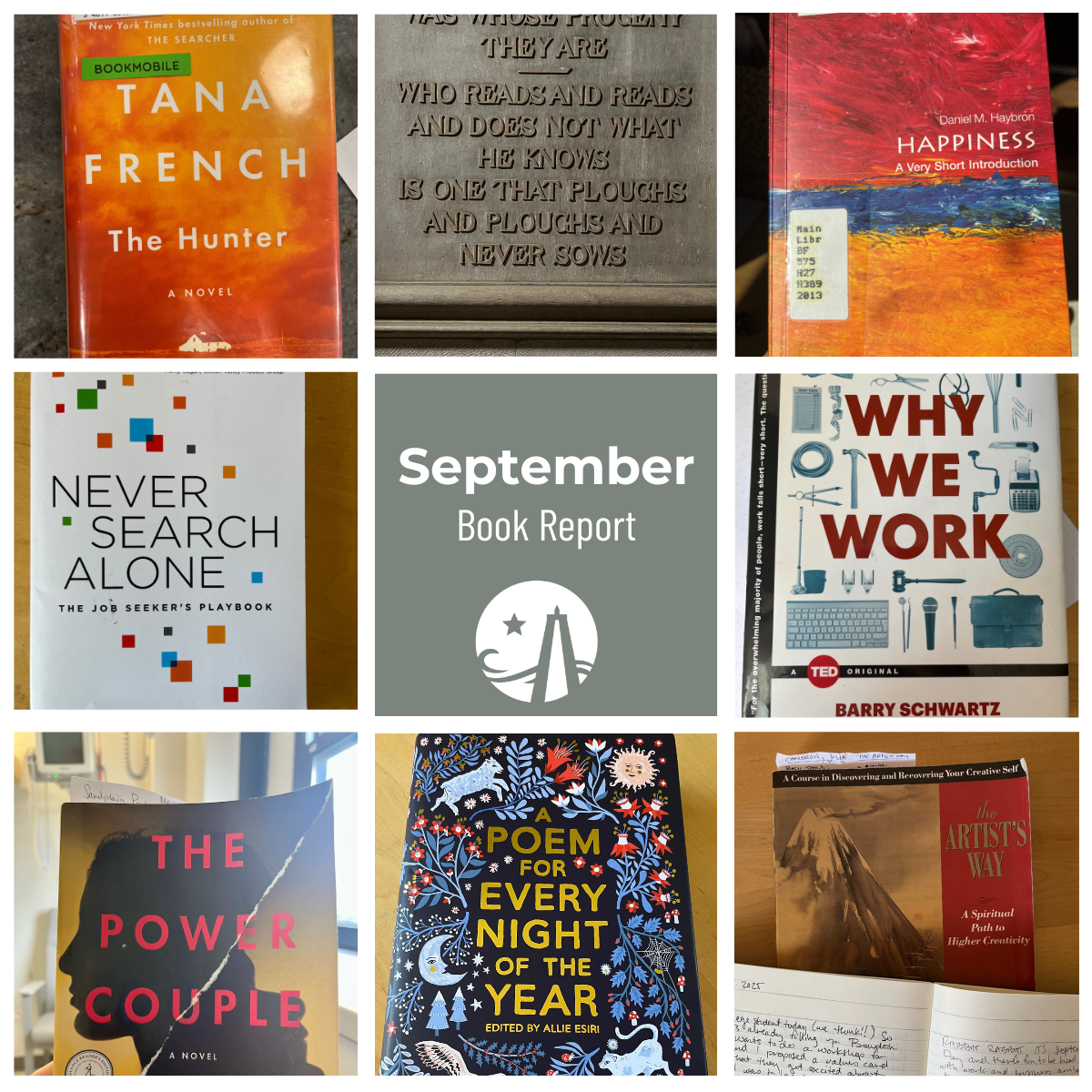- “All thrust and no vector.” This is the term a general used to describe some of his team members, who were so action-focused that they rarely stopped to plan and map their aims. A prospective client used the term “frantic energy” and I’ve also heard “spray and pray.”
- “I’ve been thinking about this for ___ years.” I’ve also heard people tell me this. They’re paralyzed. They can’t start because they don’t see the path, they don’t know the risks, they don’t believe it will work. They’re hoping it will fix itself, and every day they wait they feel a little bit less effective, and a little less inclined to believe they can change things.
Some clients come to me after the frantic energy has depleted them. Others come when the pain of staying and waiting overcomes the risk of not having the answer. Still others have bouts of each — procrastination and dread, punctuated by sporadic busy periods of refreshing resumes, updating LinkedIn, and applying to anything they can find.
My approach is more methodical and slow. Continued, small steps forward. A combination of reflection, research, and outreach. Tracking efforts to recognize progress, and gather information about what’s working and what’s not.
There’s an old sociology article called “The Mundanity of Excellence” that I read a long time ago. I’m not sophisticated enough to know how it’s viewed in the field, but it stood out to me for a few distinctions I hadn’t really thought about before. The author examines what habits and practices distinguish world class swimmers from merely good swimmers. He concludes it’s not MORE practice; it’s not “talent” (a term he views with suspicion); and it’s a series of tiny, boring behaviors (e.g. nutrition, sleep, teensy changes in stroke dynamics), pursued consistently and with curiosity and engagement.
I don’t know whether this stands up as a piece of scholarship, but the older I get the more I find myself believing in small actions, done regularly, and with some curiosity and enjoyment of the process. That’s the structure I try to bring to clients who are considering a career change — a method of bringing consistency to something they’ve tried either in bursts or have avoided entirely.


